Exploring the Depths of Fear: A Trio of Horror Films
Let’s delve into the chilling world of horror with a look at three films that explore different facets of fear, from the psychological to the supernatural.
Claustrophobia: When the Mind Becomes a Prison
This film embodies the essence of Thai horror, delivering an unsettling sense of dread. The imagery is classic: a ghostly figure reflected in a television screen near a doorway. The horror lies in the unseen, the suggestion of a presence trying to connect with you when you’re most vulnerable. The key is to resist engaging, to deny them the interaction they crave.
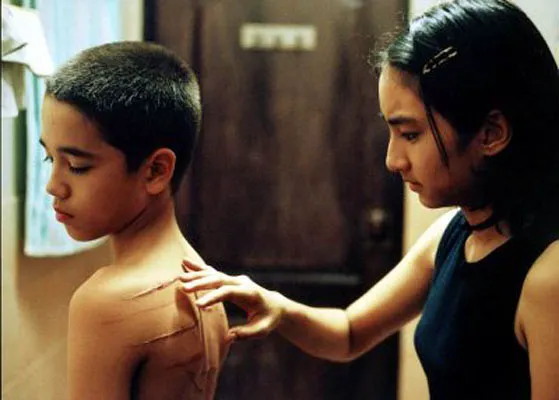
The film touches upon the lasting impact of trauma, how horrific experiences can create shadows that linger in the mind. It serves as a cautionary tale about the dangers of isolating oneself, of allowing one’s mind to become a “claustrophobic space” where mental health can deteriorate. The film subtly suggests that having a hobby can be a simple form of psychological release.
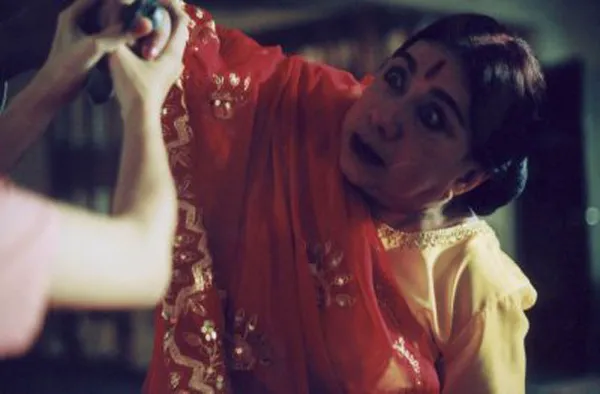
A Nightmare Reborn: “A Nightmare on Elm Street” (2010)

The “Nightmare on Elm Street” franchise, with its nine films, is a cornerstone of the slasher genre. The 2010 film isn’t a sequel but a reimagining, a fresh take on the Freddy Krueger mythos. It retells the origin story, offering a modern spin on the dream-stalking killer.
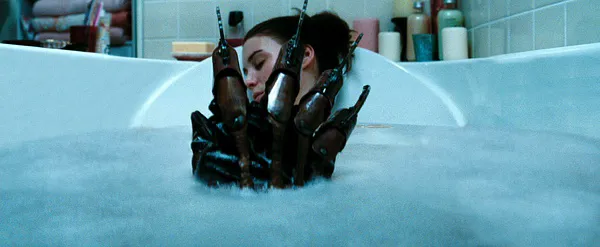
This version of Freddy uses his bladed glove to terrorize his victims in their dreams. The plot revolves around a group of young adults haunted by a shared past: as children, they exposed Freddy’s crimes, leading to his fiery demise at the hands of their parents. Years later, Freddy returns from the grave to exact his revenge in their dreams. The opening and closing scenes are particularly well-crafted and worth watching.
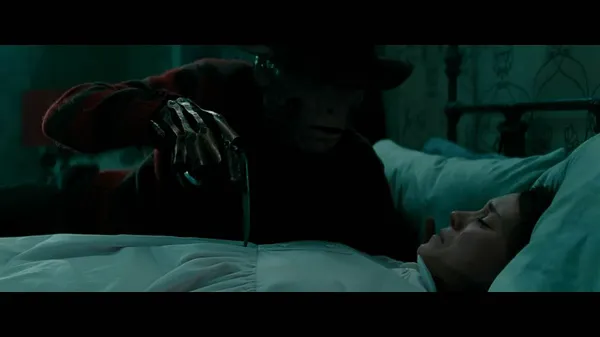
While fans of the original series might find the remake lacking in originality, it’s a decent entry point for new viewers. Like many contemporary horror films, it’s best enjoyed in the moment, without dwelling too much on its deeper meaning.
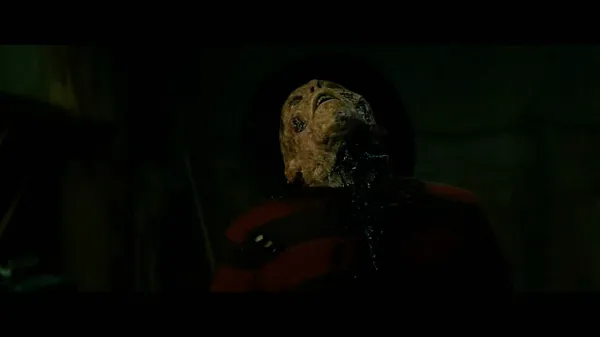
“The Last House on the Left”: A Descent into Brutality
“The Last House on the Left” presents a harrowing scenario: a couple is attacked in their home by intruders. The husband is meticulously bound and tortured, while the wife suffers a brutal assault. Her attempts to save her husband are repeatedly thwarted, and the ordeal leaves the couple fractured and embittered. The film is undeniably disturbing, prompting reflection on the fragility of relationships under extreme duress.
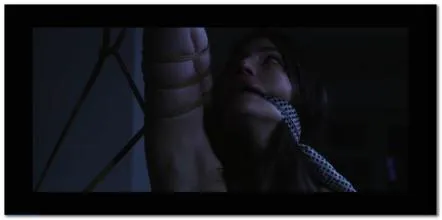
This type of film feels somewhat out of place coming from a Dutch director, as the Netherlands is often associated with beauty and tranquility. Perhaps the intensity of horror films is better suited to countries like Thailand, where cultural nuances can amplify the sense of unease.